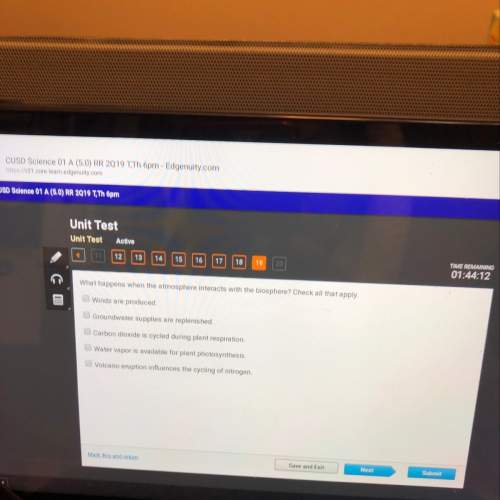
Chemistry, 11.02.2021 19:00 makiasdillard0925
Practically: Add 1.66 ml of my 0.3M lemonade to a 15 ml microcentrifuge tube. Add 3.33 ml of your diluent (water, in this case) to bring your volume up to 5 ml. Mix your solution either by vortexing or by pipetting up and down with your pipetteman. Let's make sure you got this concept by answering a question below. I have made 15 ml of 200 mM CaCl2 stock and need to make 40 ml of 50mM for my experiment. How much of my concentrated stock solution (in milliliters) and how much water do I need to mix to make the 40 ml of 50mM CaCl2

Answers: 3


Other questions on the subject: Chemistry


Chemistry, 22.06.2019 18:00, LuvieAnn1886
How is energy related to the change of state represented by the model? atoms gain energy as a solid changes to a liquid. atoms gain energy as a solid changes to a gas. atoms lose energy as a solid changes to a liquid. atoms lose energy as a solid changes to a gas.
Answers: 3

Chemistry, 22.06.2019 18:30, bibiansolis
The table lists the lattice energies of some compounds. compoundlattice energy (kj/mol)lif –1,036licl –853naf –923kf –821nacl –786which statement about crystal lattice energy is best supported by the information in the table? the lattice energy increases as cations get smaller, as shown by lif and kf. the lattice energy increases as the cations get larger, as shown by lif and licl. the lattice energy decreases as cations get smaller, as shown by nacl and naf. the lattice energy decreases as the cations get smaller, as shown by naf and kf.
Answers: 3

Chemistry, 22.06.2019 23:30, lizdeleon248
The sum of the oxidation numbers in a neutral compound is always
Answers: 2
You know the right answer?
Practically: Add 1.66 ml of my 0.3M lemonade to a 15 ml microcentrifuge tube. Add 3.33 ml of your di...
Questions in other subjects:

English, 22.11.2019 06:31

English, 22.11.2019 06:31

Computers and Technology, 22.11.2019 06:31


History, 22.11.2019 06:31


Mathematics, 22.11.2019 06:31



Computers and Technology, 22.11.2019 06:31




